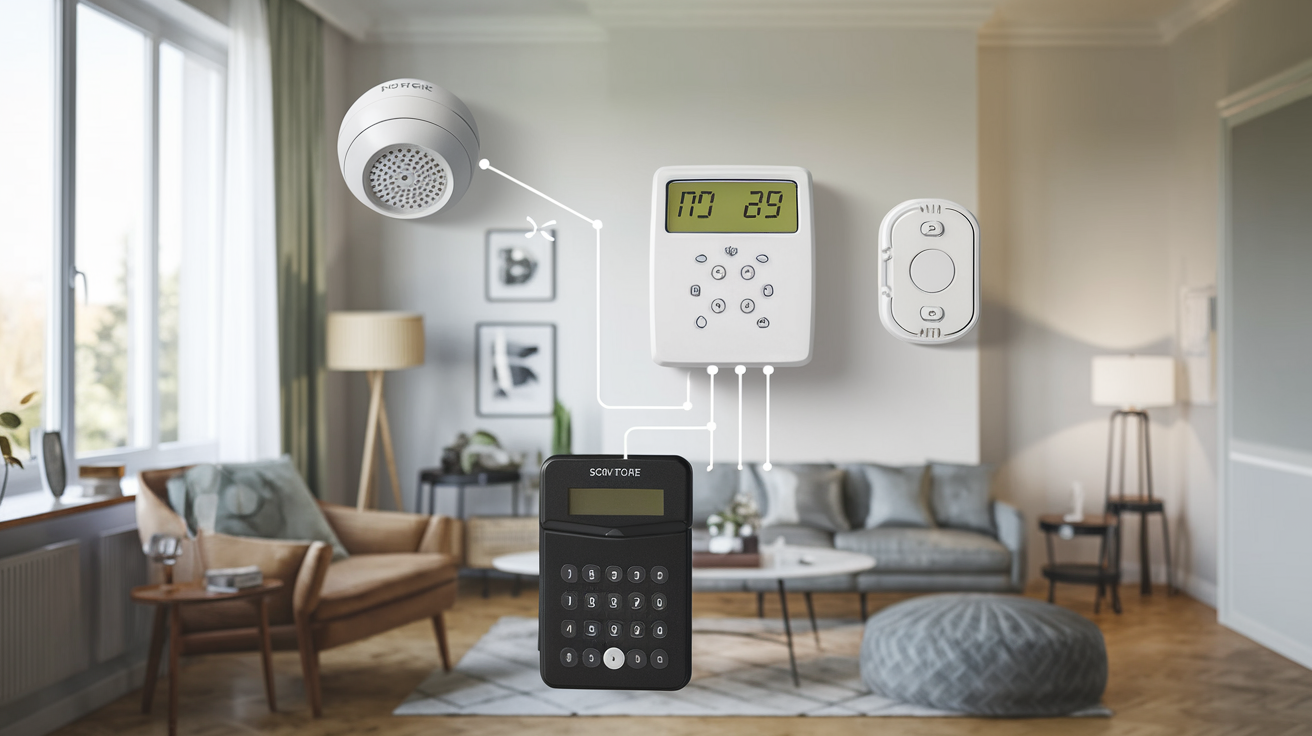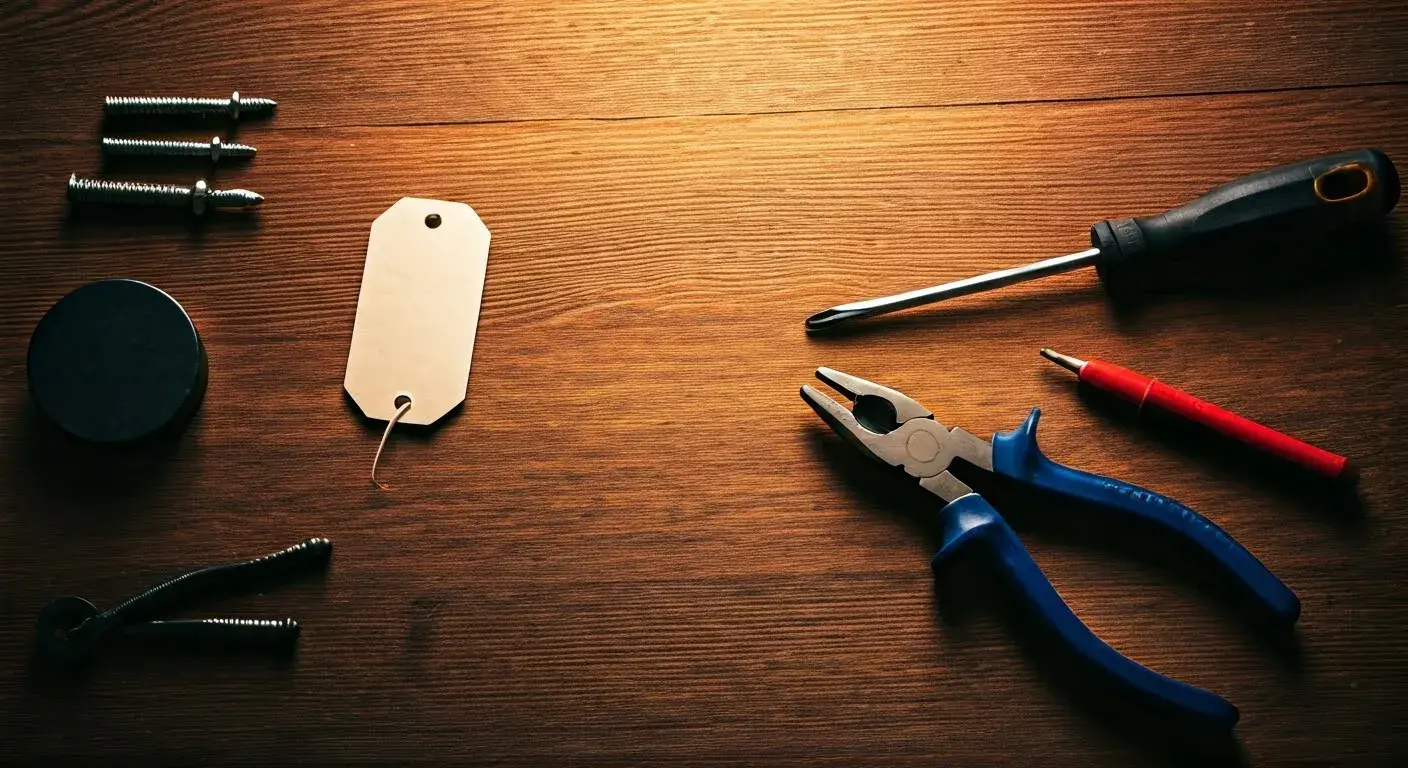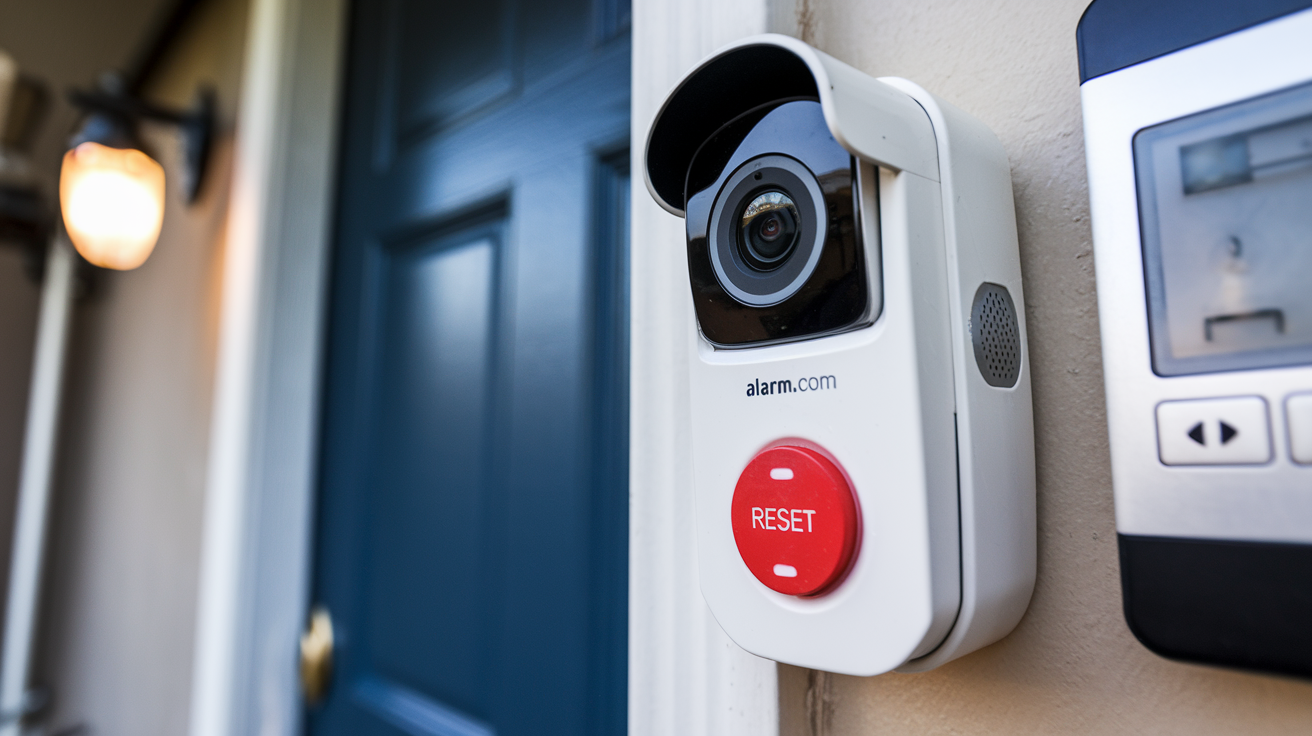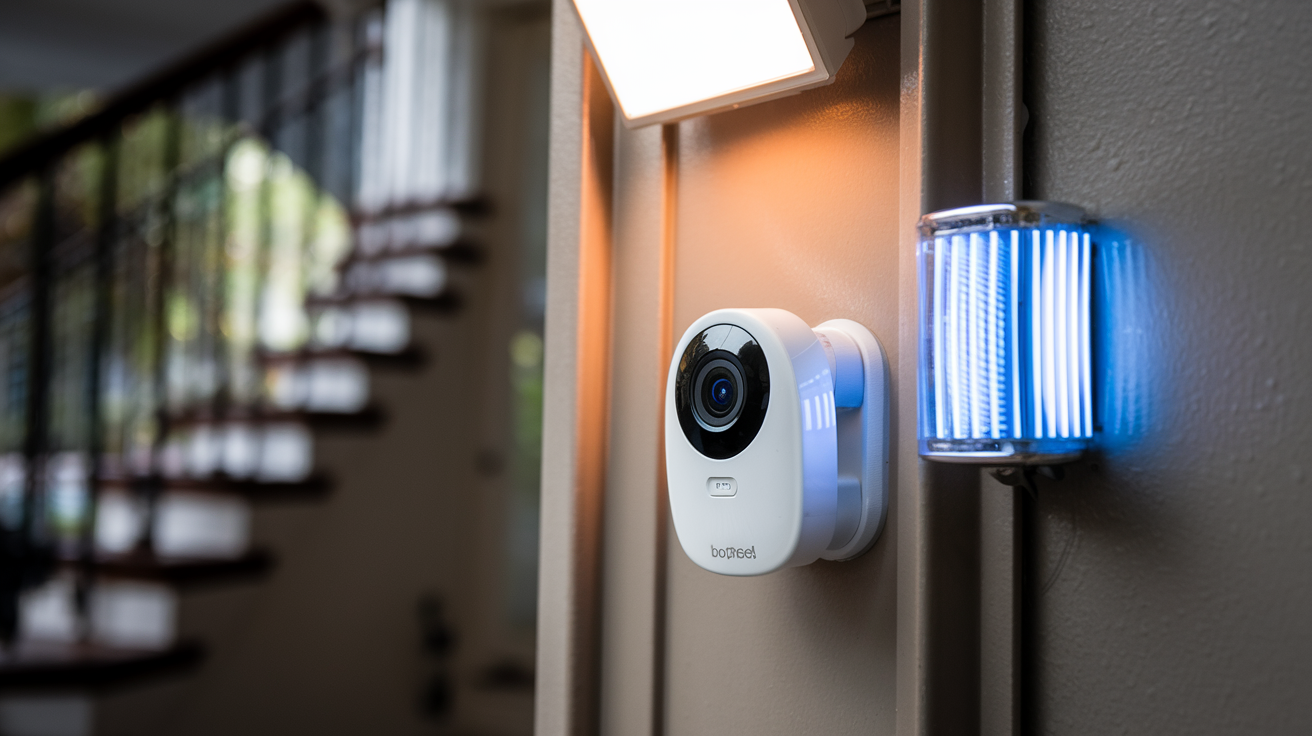Home security systems give homeowners the ability to safeguard their property even when they are not in the house. Although there is a wide range of professionally installed systems that are costly, there are many quality and versatile alarm systems that can be installed personally at a much lower cost. By investing in some simple tools and doing a little investigation, you can install a security alarm system customized to address the risks of your home.
Check Your Home’s Security Requirements
It is important that you first conduct a security survey on your home to determine areas that pose high risks before choosing an alarm system. List all the ground-floor windows and doors that a burglar may use as a point of entry. Look for outdoors in the areas where a burglar might hide like a shed, a detached garage, and a dark corner. Based on your assessment, you will determine which areas of the home must be rewired to accommodate sensors and alarms. It is possible that some consumers will not need full upper-floor coverage if they do not have vulnerabilities on the upper levels.
This compares hardwired and wireless security systems.
Hard-wired systems are usually installed by professionals since wires have to run through the walls to connect all the sensors to the control panel. Wireless systems are easier to install without professional help, they use battery-operated sensors that transmit data to the control panel through radio waves. There are also those whose configurations are a mix of hardwired and wireless sensors thereby providing a balance between the two. Another factor to be taken into consideration when choosing a type of system is the installation difficulty in comparison to the ability to make changes in the future.
Determine Monitoring Method
Some of the latest DIY systems come with video cameras for security and the ability to monitor properties through smartphone apps. It will just sound an alarm on site when it is triggered but will not call for emergency services to be dispatched. Connected via landline means the system is automatically connected to 911 but connected via cellular or internet usually needs third-party professional monitoring service for dispatch upon alarm.
Purchase System Components
In any home security system, the core of the design will be the control panel and keypad. It controls all security sensors and processes the information they provide; it also has an alarm system. Keypads are used to activate and deactivate the system at will. One keypad by each entry/exit door is convenient to manage the system paired with the fact that it is convenient to install. Advanced DIY systems support remote control using mobile applications on smartphones. Having bought all hub components, it’s now time to install magnetic contacts and motion detectors on all doors and windows. Other options include glass breakage, flood, and carbon monoxide detectors.
Downloading And Installing The Control Panel And Keypad
Identifying placement locations for your system’s hub components is an initial sub-process because they have to be connected to 120V. Install the main control panel in an unfinished basement or closet in an interior wall near a current 120V outlet. If wiring to an outlet where access is limited, a professional electrician will have to put in a junction box to accept the control wires. Install keypads adjacent to every important point of entry and exit so that one can easily arm and disarm the system on gaining or leaving the premises. Install wiring from the control panel to each of the keypad installations and mount the keypads at a height slightly above the shoulders for convenient reach.
Wire Magnetic Door And Window Contacts
Another exhausting process of self-implementation of your home security system is the wiring for the magnetic switches which would keep track of the opened or closed status of doors, windows, and other access points. Begin by installing the door/window sensor circuit at the control panel. Make run 18-2 stranded jacketed low voltage wire from the panel to the sensor location, and provide a 6-inch wire tail. Wire size on the other hand depends on the length of the sensor run circuit. When the sensor wires are being laid, mount contact switches on doors/windows and the magnet parts on the adjacent, opposite frames where the switches are installed. As the door or window is closed, the magnet shuts the reed switch to maintain a closed position. If the entry opens, the sensor circuit opens – intruder alert.
Install the Motion Detectors and Environmental Sensors
PIR and dual-tech models of motion detectors must be placed correctly for proper coverage of parts of the house most at risk. Manufactures guidelines should be followed in terms of where sensors should be mounted and how far apart they should be located. In cases of large open floor plans one or more units may be required depending on the size of the floor plan. Smoke detectors detect fire, water, and carbon monoxide leakage, and must be mounted on a wall or ceiling. Every detector is equipped with backplates, screws, and adhesive backing or can be wired into a junction box for a permanent installation.
Program The System
The final step in the implementation process is the programming of the controller panels, once all security sensors and detectors have been installed. Program zones, partitions, and user codes with the help of the LCD screen and function buttons located on the board. Change the sensitivity of alarms and the duration of time in which entry/exit is permitted before the alarm system is triggered. Configure e-mail and or text notifications for some of the security incidents such as door and or gate opening, movement detection, equipment malfunction, etc. List of contacts to send alerts to. For cellular and professional monitoring setup, contact providers to connect the control panel to their systems.
Some of the things that you need to do with the DIY security system for your home include
All security sensors, cameras, alarms, and other equipment should be checked regularly to verify their efficiency and make necessary repairs if they are needed. Replace wired sensors with wireless sensors over time to achieve the flexibility of a wireless network. Increase the cameras in operation, as well as install outdoor lighting for surveillance and as a deterrent. It also means that the DIY systems provide easy integration of new elements as well as easy substitution of components on the way. It is also important to regularly change your batteries to prevent such situations from arising. The system you install should be able to provide your home with security for more than 20 years if properly maintained.
A do-it-yourself home security system purchased from a reputable security company and professionally installed to fit the specific needs of your home can give an excellent sense of security for about one-quarter the cost of a monitored home security system. But home centers and Internet merchants selling complete but flexible security systems that can be delivered to your front door, safeguarding your most prized possession has never been easier. In most cases, a good alarm system may need some input in terms of installation and constant care for a while but when properly installed, it will serve you faithfully for years.
Protect your home today with ADT’s top-rated security solutions!
Call now at +1 877-470-7879 to get a free consultation and find out how you can secure your home with the best in the business. Don’t wait—ensure your peace of mind with ADT!







